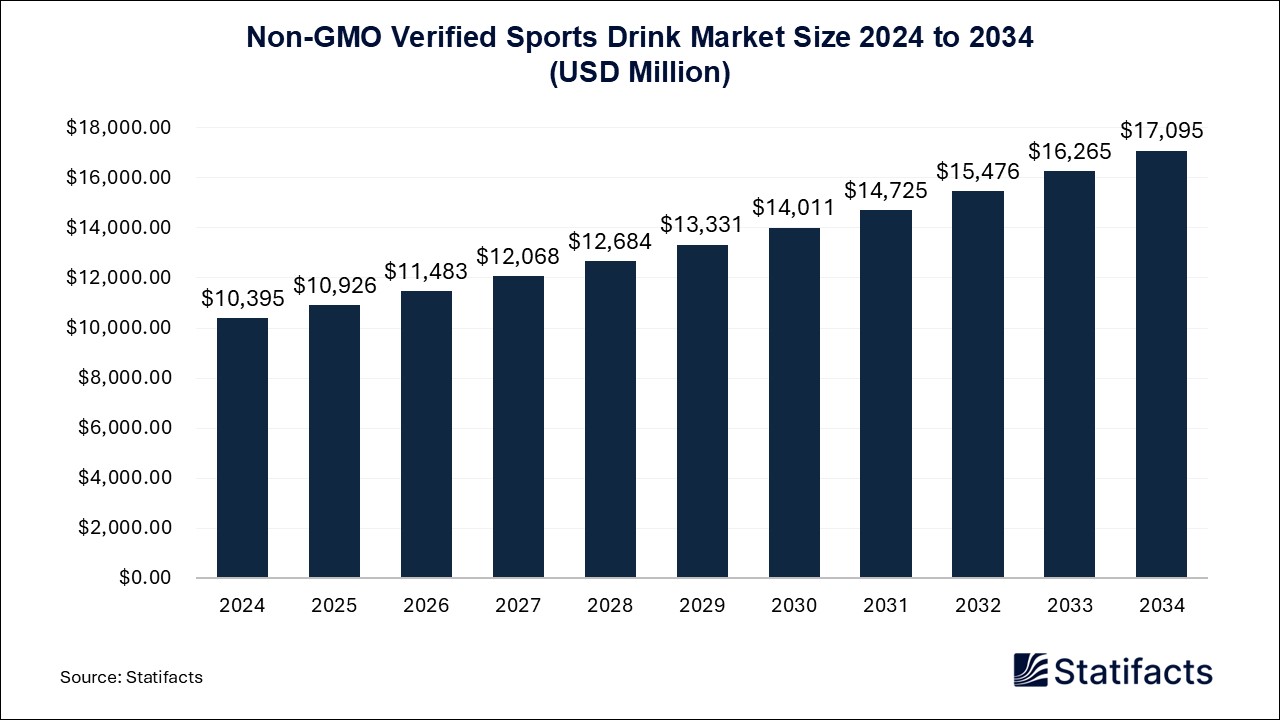Last Updated: 21 May 2025
Source: Statifacts
By clicking “Accept All Cookies” you agree to the storing of cookies on your device to enhance site navigation, analyze site usage, and assist in our marketing efforts.
Privacy PolicyThe Germany polyethylene market size surpassed USD 4.4 billion in 2024 and is predicted to reach around USD 8.4 billion by 2034, registering a CAGR of 6.67% from 2025 to 2034.
| Industry Worth | Details |
| Market Size in 2025 | USD 4.7 Billion |
| Market Size by 2034 | USD 8.4 Billion |
| Market Growth Rate from 2025 to 2034 | CAGR of 6.67% |
The German polyethylene market is an integral portion of the European plastics sphere, thanks to its momentum created by the automotive, construction, and packaging industries. The plastics industry in the country is probably one of the largest in Europe, along with an established infrastructure for polymer materials production and processing. Polyethylene, in any version- HDPE, LDPE, LLDPE- covers a gigantic range of applications. Due to German policies aimed at sustainability and its circular economy framework, recycled polyethylene and bio-based alternatives have gained prominence. Some of the major chemical and polymer companies in Germany are investing in advanced technology to improve the application of polyethylene products. Thus, combining a solid, traditional industrial base with innovation and environmental concern is what continues to characterize the German polyethylene market.
Published by Saurabh Bidwai
Last Updated: 21 May 2025
Source: Statifacts
Last Updated: 21 May 2025
Source: Statifacts
| Subsegment | 2024 | 2025 | 2026 | 2027 | 2028 | 2029 | 2030 | 2031 | 2032 | 2033 | 2034 |
|---|---|---|---|---|---|---|---|---|---|---|---|
| HDPE | 2.31 | 2.45 | 2.59 | 2.76 | 2.93 | 3.13 | 3.34 | 3.57 | 3.82 | 4.06 | 4.30 |
| LDPE | 1.13 | 1.18 | 1.23 | 1.28 | 1.33 | 1.39 | 1.46 | 1.52 | 1.59 | 1.65 | 1.72 |
| LLDPE | 0.99 | 1.08 | 1.17 | 1.27 | 1.39 | 1.52 | 1.66 | 1.82 | 2.00 | 2.17 | 2.34 |
Last Updated: 21 May 2025
Source: Statifacts
| Subsegment | 2024 | 2025 | 2026 | 2027 | 2028 | 2029 | 2030 | 2031 | 2032 | 2033 | 2034 |
|---|---|---|---|---|---|---|---|---|---|---|---|
| HDPE | 2.31 | 2.45 | 2.59 | 2.76 | 2.93 | 3.13 | 3.34 | 3.57 | 3.82 | 4.06 | 4.30 |
| LDPE | 1.13 | 1.18 | 1.23 | 1.28 | 1.33 | 1.39 | 1.46 | 1.52 | 1.59 | 1.65 | 1.72 |
| LLDPE | 0.99 | 1.08 | 1.17 | 1.27 | 1.39 | 1.52 | 1.66 | 1.82 | 2 | 2.17 | 2.34 |
To get full access to our Market Insights, you need a Professional Account or a Business Suite.

You will receive an email from our Business Development Manager. Please be sure to check your SPAM/JUNK folder too.

You will receive an email from our Business Development Manager. Please be sure to check your SPAM/JUNK folder too.

Our customers work more efficiently and benefit from


